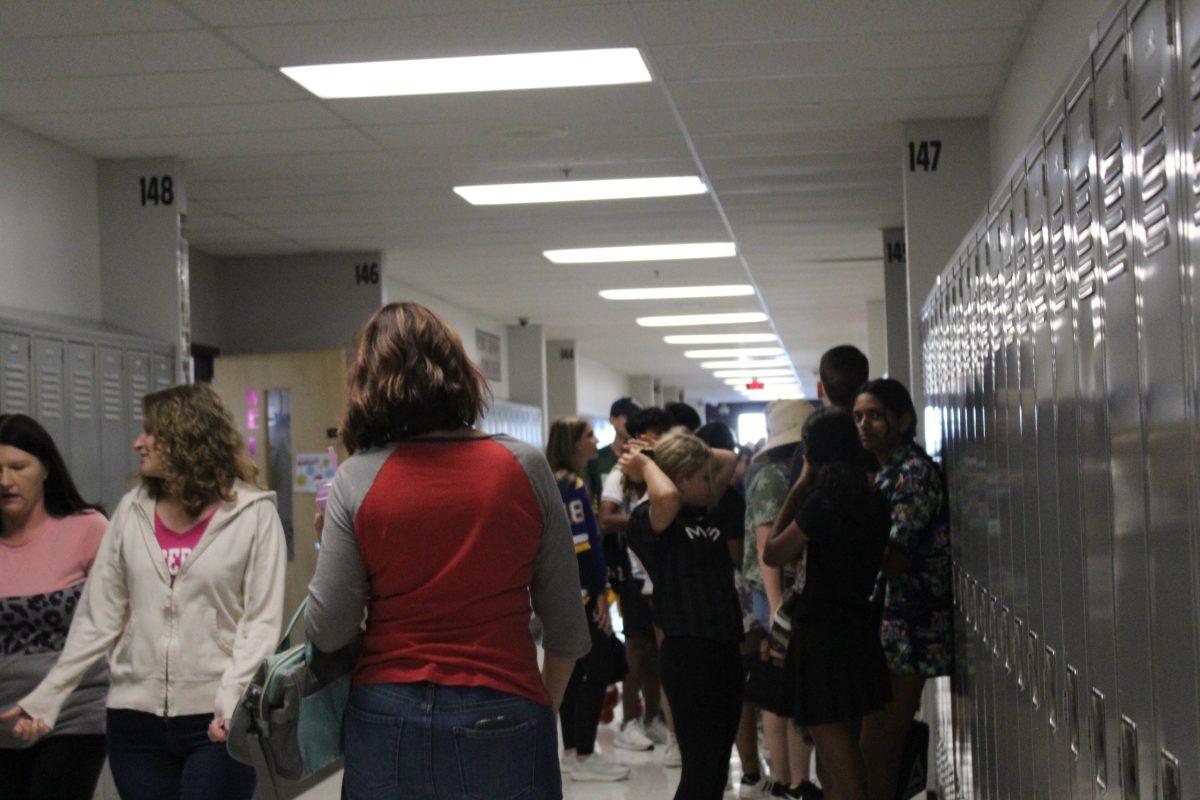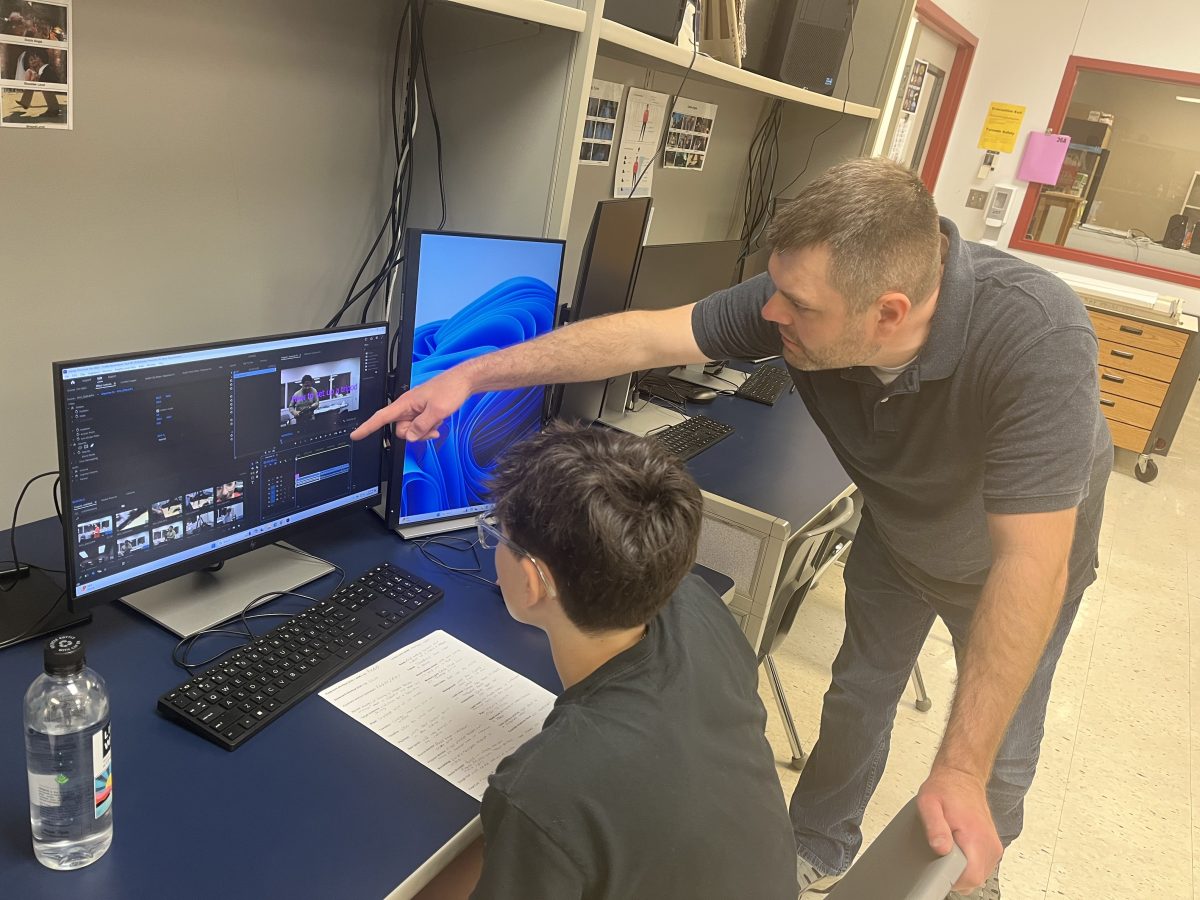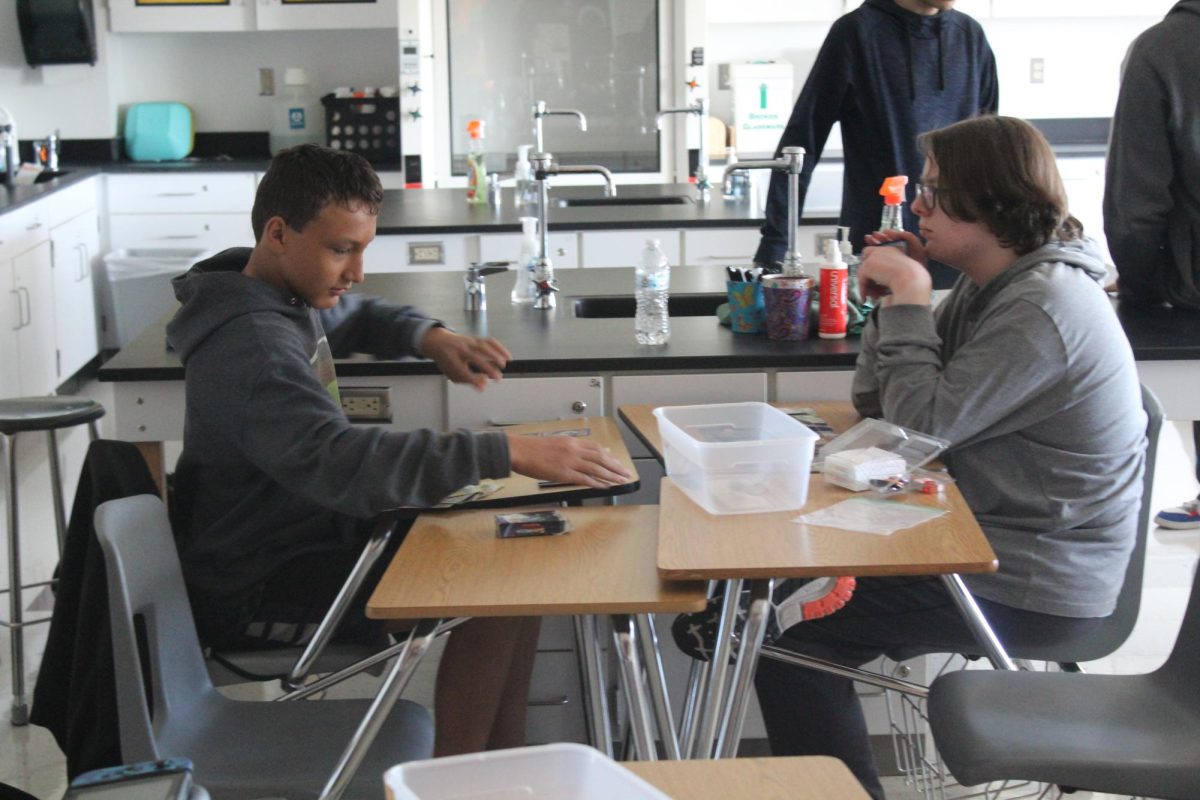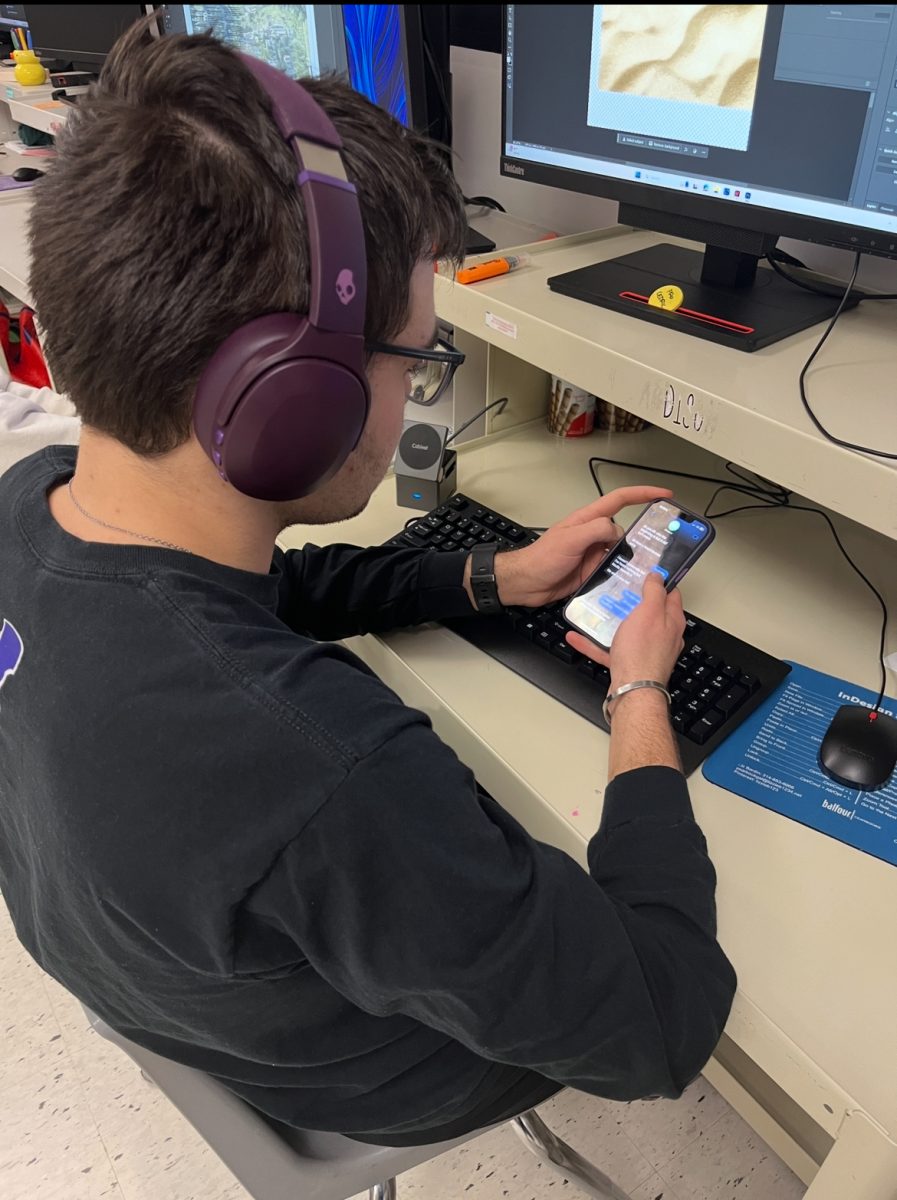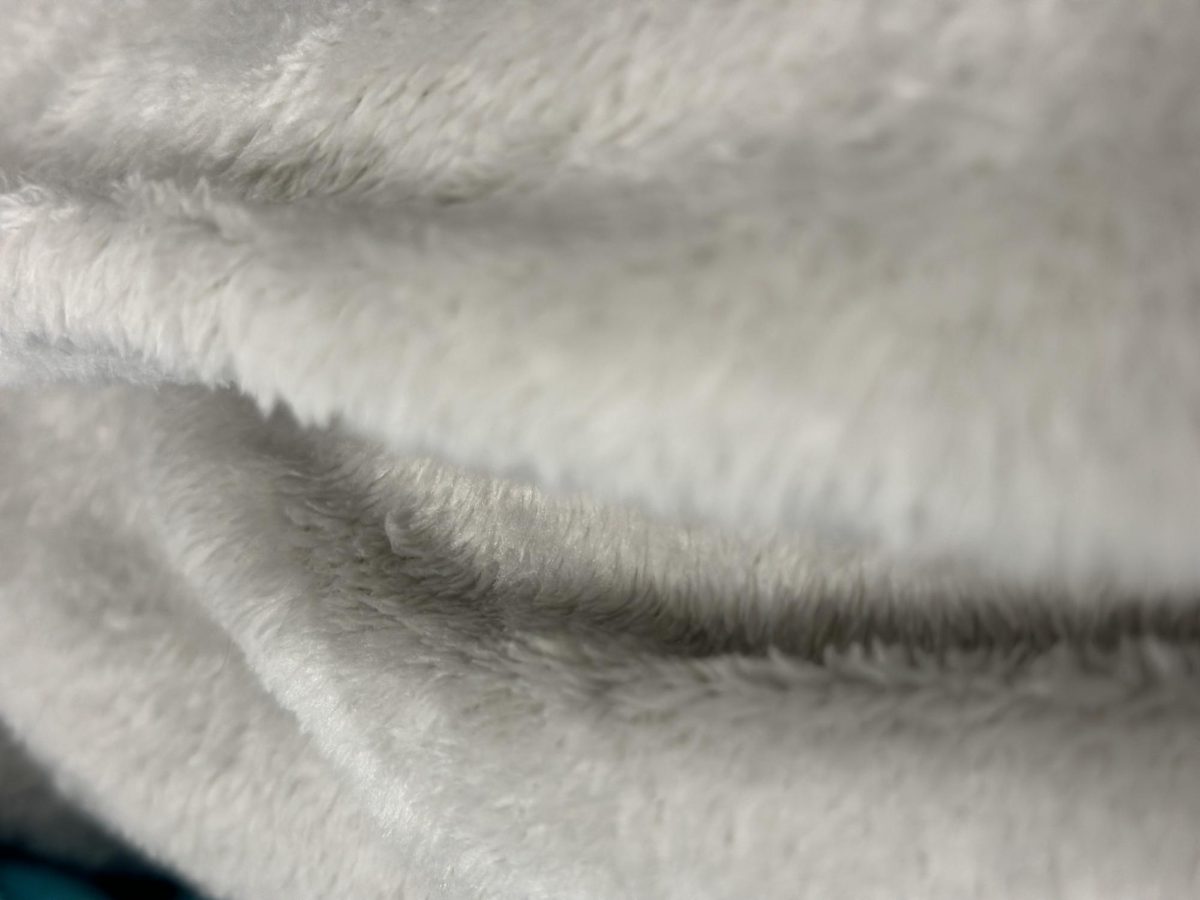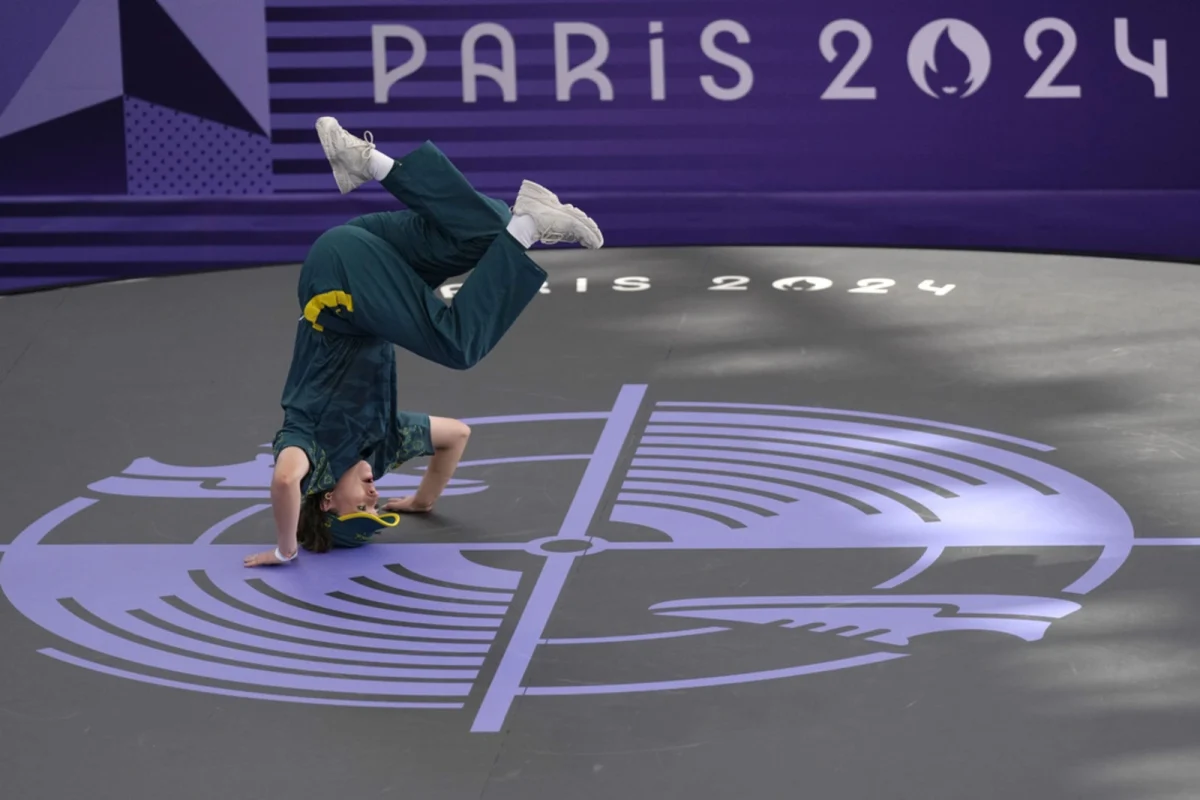Stem Cell Research Advancements
Matthew Porteus, 51, professor of pediatrics at Stanford School of Medicine, pipettes DNA to use for gene editing of stem cells at Lokey Stem Cell lab at Stanford University in Stanford Calif., on Dec. 18, 2015. (John Green/Bay Area News Group/TNS)
April 25, 2017
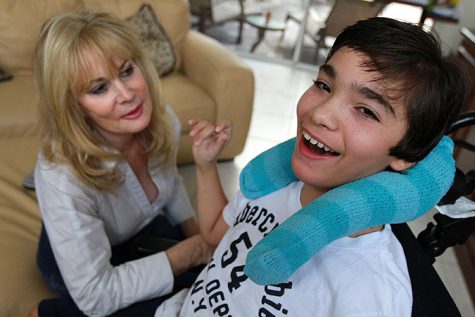
Judy Susser, left, of Boca Raton, Florida, is pictured December 6, 2012, with her disabled son Adam, 12, who has received stem-cell treatments. Adam was born with brain damage, was blind and has cerebral palsy. He now is able to see enough to track movement, including icons on his iPad. (Carline Jean/Sun Sentinel/MCT)
Embryonic and regenerative stem cell research has come a long way since scientists realized that stem cells had the potential to develop into other cells almost 30 years ago. Scientists at Michigan State University have recently discovered that stem cells can begin to change the face of birth defects and cancer therapy.
In 1995, President Bill Clinton permitted that the federal government would fund research and experimentation on the left over in vitro fertilization treatments, yet passed the Dickey Wicker Amendment that claimed no research could be done if the destruction of an embryo is involved, according to nature.com. In spite of different laws and moral arguments about whether embryonic stem cell research is moral, there has been a jump in discoveries with research being done.
Stem cells are cells inside of the body that, when split, are able to either stay a stem cell or become a new cell with a specialized function. Using this, scientists and doctors are able to practically regenerate parts of our bodies that, in the past, would have been impossible.
The intense research that is now going towards stem cells has allowed the scientific community to directly attack the source to fix the problem. According to omicsonline.org, people are beginning to see the steps towards successful therapy for diseases such as muscular dystrophy, Alzheimer’s disease, atherosclerosis, diabetes, inflammatory bowel disease, Parkinson’s disease, rheumatoid arthritis and acute lung injuries.
“Parkinson’s disease is a good candidate for cell therapy as one cell type is affected, dopamine neurons, and degeneration is relatively local,” Dr. Malin Parmar, Professor of Developmental and Regenerative Neurobiology at Lund University said in an interview withVanessa De Mello “Losing dopamine neurons leads to motor deficits such as rigidity, slower movements and also problems in cognition. Some current treatments do help alleviate symptoms, but do not halt disease progression and there are adverse effects. So there has been increasing interest in, and need for, cell therapies to replace lost dopamine neurons.”
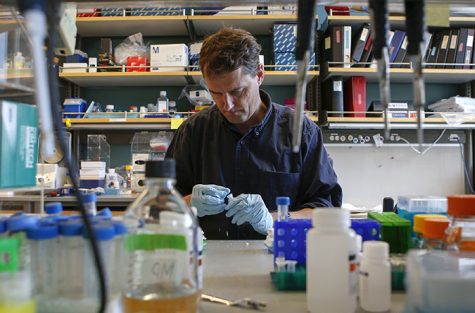
Matthew Porteus, 51, professor of pediatrics at Stanford School of Medicine, pipettes DNA to use for gene editing of stem cells at Lokey Stem Cell lab at Stanford University in Stanford Calif., on Dec. 18, 2015. (John Green/Bay Area News Group/TNS)
Stem cells have also introduced a whole new way of understanding certain things in the brain. A recent experiment at Yale University has shown new findings regarding autism. Autism is characterized as inhibited social, cognitive and motor skills, delay or absence of speech, and repetitive stereotypical actions and behavior. Autism is very complex to fully understand because it affects the entire brain. Stem cells allowed scientists to make a smaller version of the brain map of an autistic person so they can have a closer look. All of this research has resulted in being able to accurately predict whether a child will have autism.
“The stem cell research field is growing by leaps and bounds,” Dr. Sally Temple said in an interview with SCL Support. “We are at a very exciting time, where the basic research is beginning to be translated into clinic. We now have a great understanding of many different kinds of stem cells, and we can start to use them to positively impact the lives of human beings. I believe this is the beginning of many great things that are coming as a result of stem cell research.”
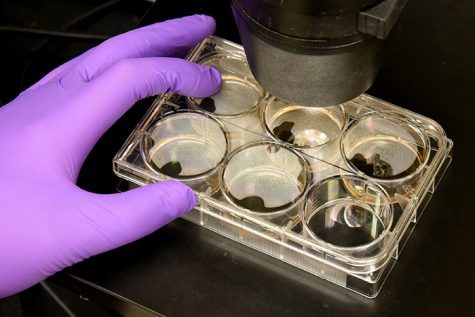
Technician Ce Zhang gets ready to examine a six-well plate containing pluripotent stem cell colonies under a microscope on March 1, 2016 at the Johns Hopkins Institute for Cell Engineering in Baltimore, Md. (Amy Davis/Baltimore Sun/TNS)

